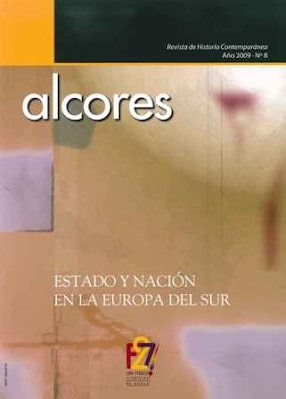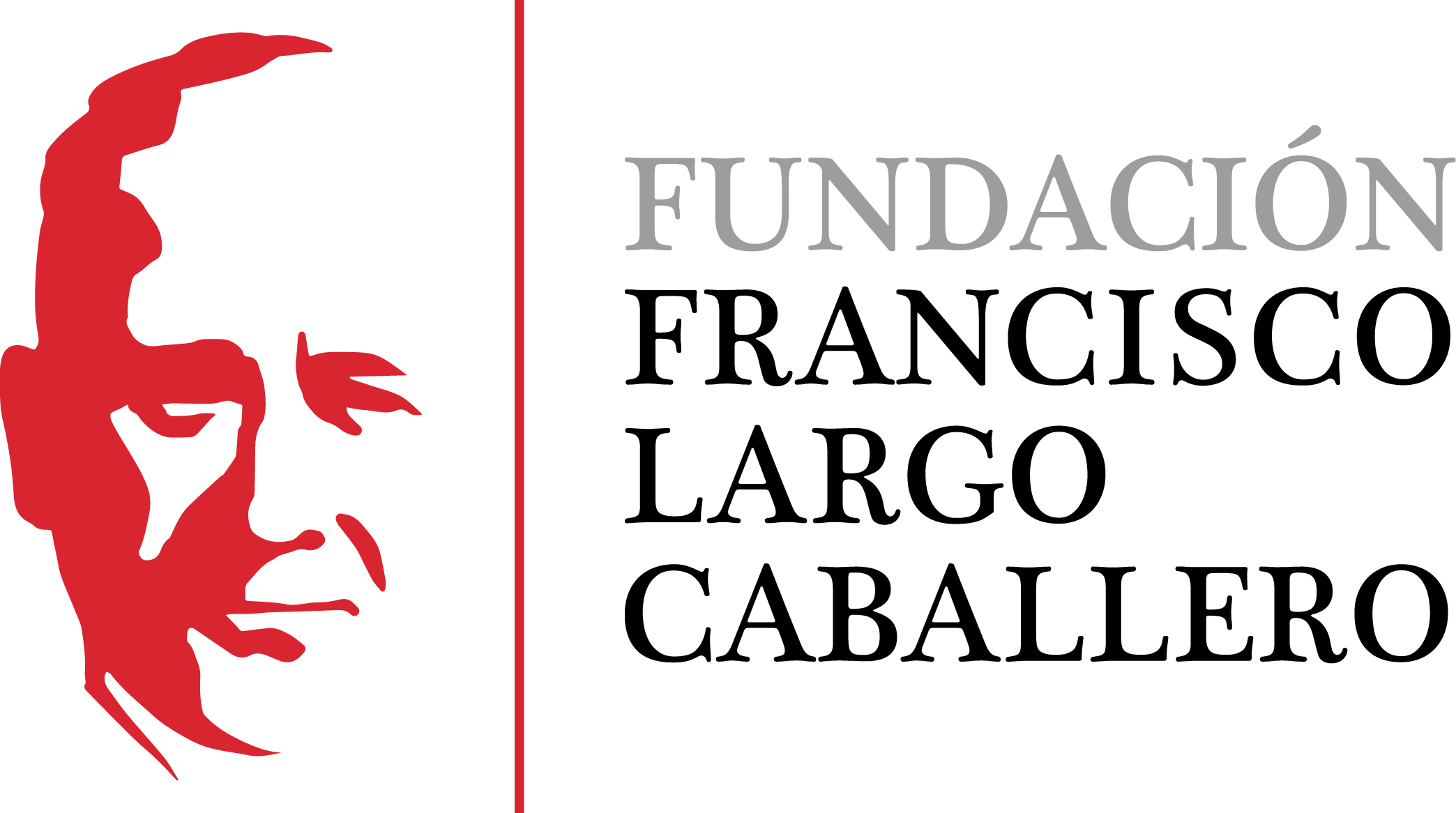Monarchy, Nation and State in Italy
DOI:
https://doi.org/10.69791/rahc.200Keywords:
Monarchy, Statute, Rigal prerogative, Transformismo, Civil religion, Political culturesAbstract
The Italian political crisis of the 90’s leaded the historians to investigate the causes of the weak ‘National Identity’. On that context, the ‘Monarchy’, previously neglected from a historiographical point of view, appeared to be a more and more interesting topic. This paper analyses the recent contributions to this question from several disciplinary and methodological approaches (constitutional, political and cultural) and proposes some keys for its understanding: 1) the threat for the Italian liberalism represented by the lack of neutrality which the kings administered their power with; 2) the parliamentary practice of the «transformismo», that based the legitimacy to exert the government in the fidelity to the Statute and to the king; 3) the reciprocal interest of the king and the ‘Duce’ in the «diarquía» implemented during the Fascism; 4) the failure in the foundation of a civil religion around the king and to the dynasty hampered the reduction of the original deficit of legitimacy suffered by the Kingdom of Italy; 5) the challenge that to the monarchist-liberal culture raised other antagonistic political cultures such as catholic, republican or socialist.
The monarchy disappeared without generating too much nostalgia among the Italians. Nevertheless and simultaneously, the values of the republican citizenship are not totally and broadly accepted neither, and the feelings of belonging to a common national project are weak.
Downloads
Global Statistics ℹ️
|
63
Views
|
21
Downloads
|
|
84
Total
|
|
Downloads
Published
How to Cite
Issue
Section
License
Copyright (c) 2010 Marina Tesoro; Tomás Francisco Pérez Delgado

This work is licensed under a Creative Commons Attribution 4.0 International License.
Alcores is an open-access journal. It provides unrestricted access to its content from the moment of publication. We respect intellectual property rights, and for this reason, the author retains the copyright. All content is distributed under a Creative Commons Attribution 4.0 International (CC BY 4.0) license. The terms of the license can be consulted at: https://creativecommons.org/licenses/by/4.0/
This license allows sharing (copying and redistributing the material in any medium or format) and adapting (remixing, transforming, and building upon the material for any purpose), provided that authorship and first publication in this journal are properly credited, a link to the license is included, and any changes made are indicated.
This type of license facilitates the freedom of reuse and ensures that the content of this journal can be used to meet research needs.





